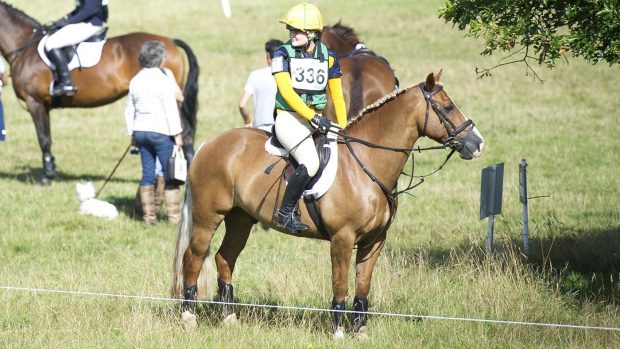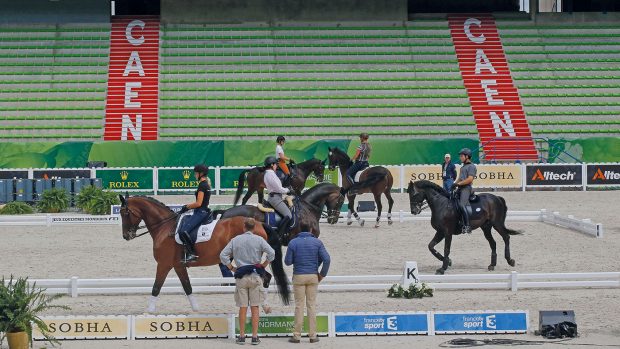The three-stage warm-up
Warming up is about kickstarting physiological processes that make exercise safer and more efficient. This leads to a better performance.
1. Passive
- Make the body warm using something external like an exercise rug, even before the rider gets on, as well as a gentle walk.
- The horse should not be standing outside uncovered on a cold day or the blood vessels will be constricted.
2. General
- This is not specific to discipline and will take the form of walk, slow trot and canter, maintaining a pretty low heart-rate.
- The horse should not be stretched or pulled, but be able to jog along at a relaxed and comfortable rate.
- At this stage in the warm-up, the muscles, tendons and ligaments might not be flexible enough in some horses, so do not force the issue.
- Working in long and low warms up the back. If the horse’s head is in the air, its back is fixed, rather than engaged and using the core muscles effectively.
- This stage should involve general movements, working the different muscle groups, flexing to either side without pulling anything too tight.
- Keep abrupt transitions to a minimum because they make the horse work hard and raise the heart-rate.
- If short on time, it is preferable only to work up to this point, rather than skip it.
3. Specific
- Finally, start practising the types of movement you will be using following the warm-up.
- Abrupt transitions, tighter circles and specific movements can now be incorporated. Jumping would be introduced towards the end of this time.
- For competition, you want to practise the nerve-muscle patterns that you will be using in the arena. But the horse must not be made to work to strenuously so he leaves his best work for the practice ring.
- For a power discipline, such as dressage or jumping, we have to be careful not to exhaust the energy (glycogen) stores by jumping too much or spending 20 minutes in piaffe.
- As a general rule, this warm-up stage should take place about 20 minutes before competition.



